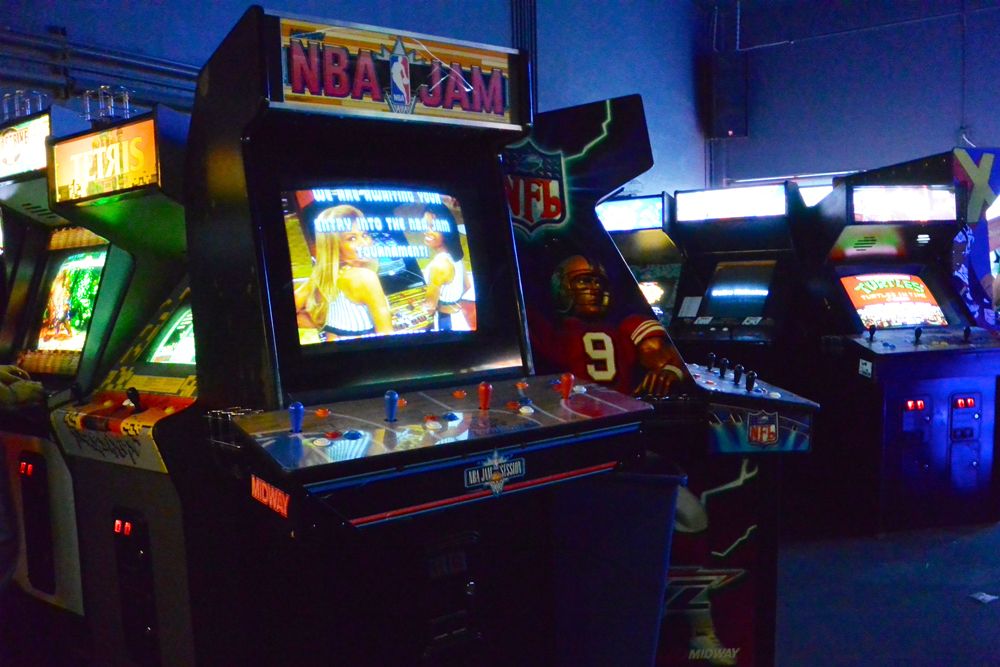Crime and mutilation can look good
It’s decidedly creepy and queasy amid all these odds and ends of the human condition.
We’re in the “special effects makeup” room of “CSI: Miami,” where head man Matthew W. Mungle bends, shapes and mutilates in accordance with the show’s weekly body counts.
“When I was a kid, I just enjoyed monster movies,” says the 46-year-old native of Atoka, Okla. “And it got into my blood.”
He later admits to fainting at the sight of real blood. But his laboratory is a comfort zone full of body parts fashioned from the two primary tricks of his trade, silicone and urethane. A portion of a shark-mangled upper torso is displayed next to a “dead” little girl named Ruthie. Another corpse has a brain-exposing head wound. Reach in and touch something if you’d like.
See-through plastic containers of various vital organs are neatly stacked in a corner of the room. And photos from various episodes of the hit show offer further testament to Mungle’s handiwork. Titles range from “Camp Fear” to “Slaughterhouse” to “Losing Face,” literally. Sometimes Mungle has to look at pictures of real-life carnage to get everything just right.
“I can look at them for about five minutes,” he says. “And then it gets to me.”
There’s a lot of this going around lately, with “CSI: Miami” and its papa, “CSI: Crime Scene Investigation,” leading the charge of “procedural” police shows whose grim realism keeps Mungle and other such specialists busier than ants at a picnic.
Another example of his artistry resides in “CSI: Miami’s” “autopsy theater,” where a body by Mungle is posed in repose on a metal table. “Her” legs, arms and face are pockmarked with deadly gouges; the room otherwise is clean as a whistle.
It’s an exact replica of the real thing, says consulting producer Elizabeth Devine, a former real-life crime scene investigator for the L.A. County Sheriff’s Department. “We just, of course, make it look prettier. … This is a Jerry Bruckheimer show. It’s all pretty.”
Bruckheimer, whose explosive feature film hits include “The Rock,” “Top Gun,” “Con Air” and “Pearl Harbor,” lately has conquered the small screen with both “CSI” shows and “Without a Trace.”
Whatever the medium, his productions walk a balance beam between gorgeous and grisly. Audiences are repelled, entranced, immersed.
“Our big joke on ‘CSI’ is we’re writing for the housewife in Iowa,” Devine says.
“They have to be able to watch our show and understand it. When we have technical jargon, we bring you into the body and show you what we’re talking about. I think that’s one of the reasons people watch our show, because it’s cool. When we say, ‘The stab wound pierced the aorta,’ we’re going to take you in and show you where that is and why that isn’t necessarily good for the victim.”
The eulogy on this subject falls to Khandi Alexander, who plays talk-to-the-dead coroner Alexx Woods.
She’s had some interesting experiences while acting opposite live actors trying to act the part of dead bodies. Delicately put, some of the males have become aroused in her presence, requiring quick camera movements or a total do-over after the excitement dies down.
“You lay on that table, it can freak you out,” she says. “So I go out of my way to make them feel comfortable. The table is steel, you know. It’s very freaky to lay on that table and pretend you’re dead.
“David (Caruso) and I will have a scene that will go on and on, and they cannot breathe. You cannot have that. If we lose a take because a dead actor was breathing or they have goose pimples or something else, that’s a really sticky situation to be in. So I try to be as gentle as possible when it’s a real person.”
Rest in peace.




